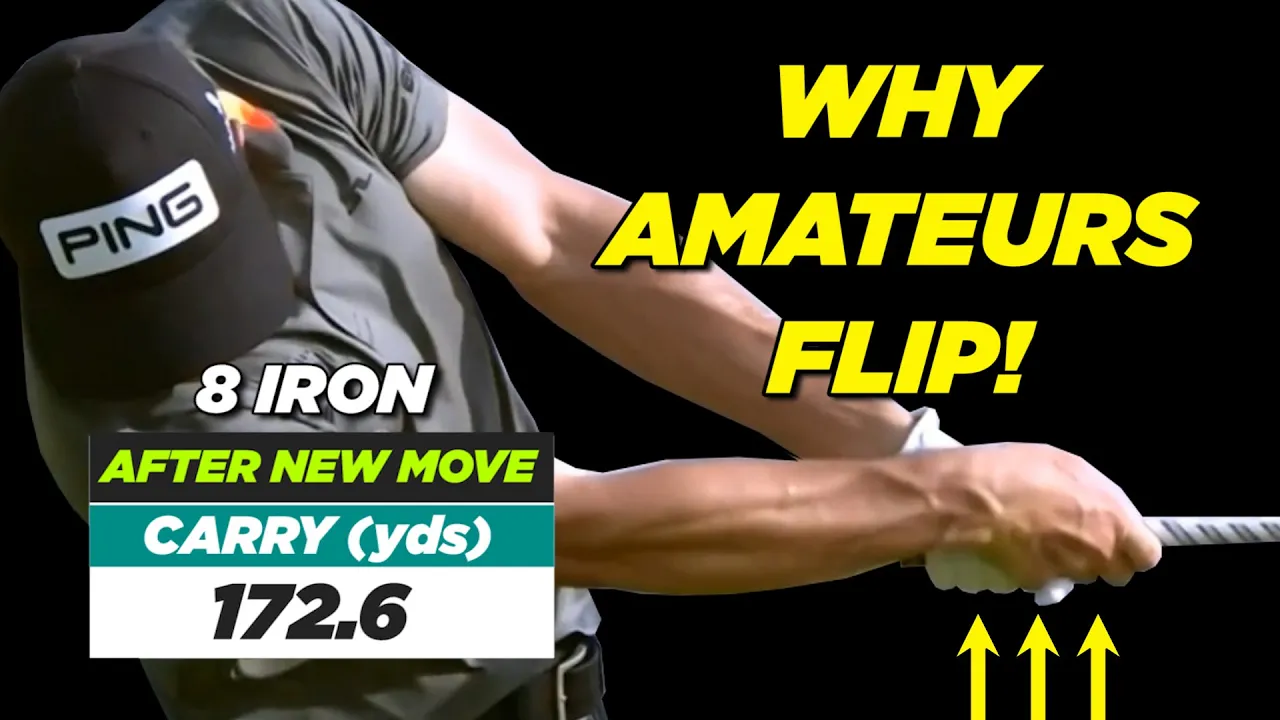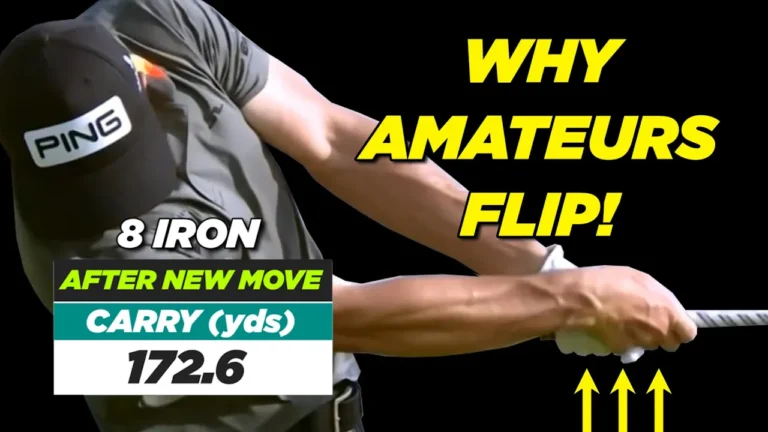
Unlock the secrets to a powerful golf swing and lower your scores by mastering the downswing mechanics often overlooked by amateurs. Dive into a comprehensive guide filled with effective drills and technologies that enhance your game.
Table of Contents
- Understanding the Downswing Blueprint
- Introducing the Flex Shift Drill
- Creating Angles: The Key to Compression
- Measuring Your Progress: The Role of Technology
- Understanding Rotation: The Difference Between Amateurs and Pros
- Storing Up Angles for Better Shots
- The Importance of Hand and Wrist Movement
- Drills to Improve Your Swing Mechanics
- Maximizing Your Potential with Training Aids
Understanding the Downswing Blueprint
Achieving powerful golf shots requires mastering the downswing blueprint. This involves aligning the logo on your shirt directly under your chin during the swing, creating the right angle for optimal power and precision.
The Common Pitfall: Why Amateurs Stand Up
Amateurs often stand up during their downswing due to an unconscious attempt to correct a faltering swing, leading to poor contact. Recognizing and avoiding this can enhance your game significantly.
Introducing the Flex Shift Drill
The Flex Shift Drill encourages the necessary movements seen in professional golfers. Begin by shifting your weight laterally towards your lead foot, fostering a successful downswing.
The Mechanics of a Successful Shift
Bowing your lead wrist as you shift your weight enhances control and power. This allows you to harness angles effectively and generate potent swings.
Creating Angles: The Key to Compression
Proper angle creation is vital for shot compression. Keeping your left hand in line under your chin ensures proper shaft lean and power retention.
The Importance of Wrist Positioning
Strong wrist positioning aids in maintaining control over the clubface, reducing flipping and increasing shot consistency.
Measuring Your Progress: The Role of Technology
Technology like video analysis provides detailed swing insights, allowing you to track and improve your mechanics.
Tools to Enhance Your Game
Utilize devices like HackMotion to measure wrist angles, providing data crucial for mastering swing mechanics and speed.
Understanding Rotation: The Difference Between Amateurs and Pros
Professional golfers benefit from effective body rotation, which maximizes power and control. Incorporating drills improves your rotation skills.
Building Better Rotation
Use the “Hip Turn Drill” to enhance your rotation, focusing on lower body initiatives that cascade to your upper body.
Storing Up Angles for Better Shots
Creating and retaining angles within your swing helps maintain swing speed without losing accuracy, a skill prominent in professionals.
Drills for Storing Angles
- Wrist Flexion Drill: Flex your wrist at the top of your backswing to store angles effectively.
- Impact Bag Drill: Use an impact bag to practice maintaining wrist angles at impact.
- Slow Motion Swings: Perform swings in slow motion to internalize wrist and arm angles.
The Importance of Hand and Wrist Movement
Your hands and wrists contribute significantly to swing speed. Understanding their role can enhance your shot control and precision.
Enhancing Your Hand and Wrist Mechanics
- Hand Rotation Drill: Focus on wrist dynamics during the swing to refine your form.
- Oversized Club Drill: Use a heavier club to better feel wrist and hand mechanics.
- Wrist Release Drill: Train for optimal wrist release for maximum shot power.
Drills to Improve Your Swing Mechanics
Repetitive practice with specific drills builds muscle memory. Integrate these effective methods into your regimen for better results:
- Flex Shift Drill: Focus on weight shift and wrist flexion for downswing success.
- Wall Drill: Maintain angles and avoid touching the wall to perfect your swing path.
- One-Handed Swings: Enhance understanding of hand roles by practicing swings with each hand individually.
Maximizing Your Potential with Training Aids
Leverage training aids to reinforce swing mechanics. Choose tools that address your specific swing deficiencies, aiding skill development.
Key Training Aids to Consider
- Alignment Sticks: Ensure proper alignment during setup and swing.
- Impact Bags: Use for practicing impact without needing a ball.
- Video Analysis Tools: Record and scrutinize your swing for nuanced improvement.


0 Comments